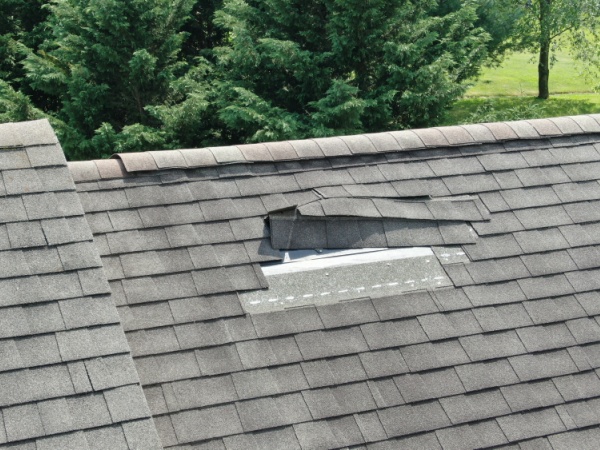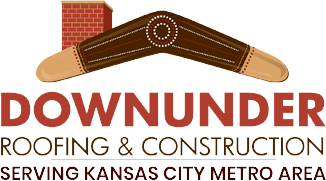

When severe weather strikes, roof storm damage can leave your home or business vulnerable to leaks, structural issues, and costly repairs. At DownUnder Roofing, we specialize in assessing and repairing all types of storm damage quickly and effectively. Our experienced team is here to restore your roof’s strength and security, giving you peace of mind after the storm passes.
Roof storm damage can take many forms, from missing shingles and broken tiles to punctures caused by flying debris or fallen branches. High winds, hail, heavy rain, and even snow can weaken your roofing system over time. That’s why it’s crucial to have a professional inspection after any major storm. DownUnder Roofing offers thorough evaluations to detect visible and hidden damage, ensuring nothing is overlooked.
We understand that dealing with storm damage can be stressful, especially when insurance claims are involved. Our team works closely with homeowners, property managers, and insurance companies to provide detailed reports and assist with the claims process. We’ll document the damage, explain your repair options, and help you navigate the paperwork to make the process as smooth as possible.
At DownUnder Roofing, we pride ourselves on fast response times, expert craftsmanship, and outstanding customer service. We use only high-quality materials and proven repair techniques to restore your roof’s integrity and extend its lifespan. Whether you need minor repairs or a full roof replacement, we are committed to getting your property back to its best condition quickly and efficiently.
If you’re dealing with roof storm damage, don’t wait for the problem to get worse. Contact DownUnder Roofing today for a free inspection and fast, reliable repairs you can count on. We’re here to help you protect your investment and move forward with confidence.
